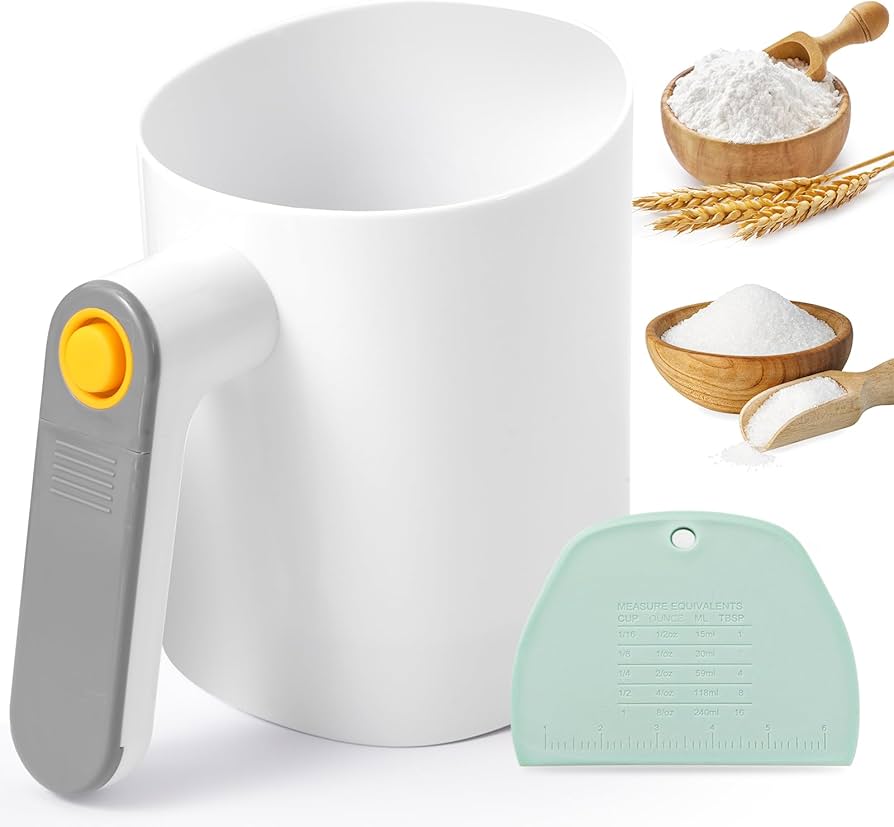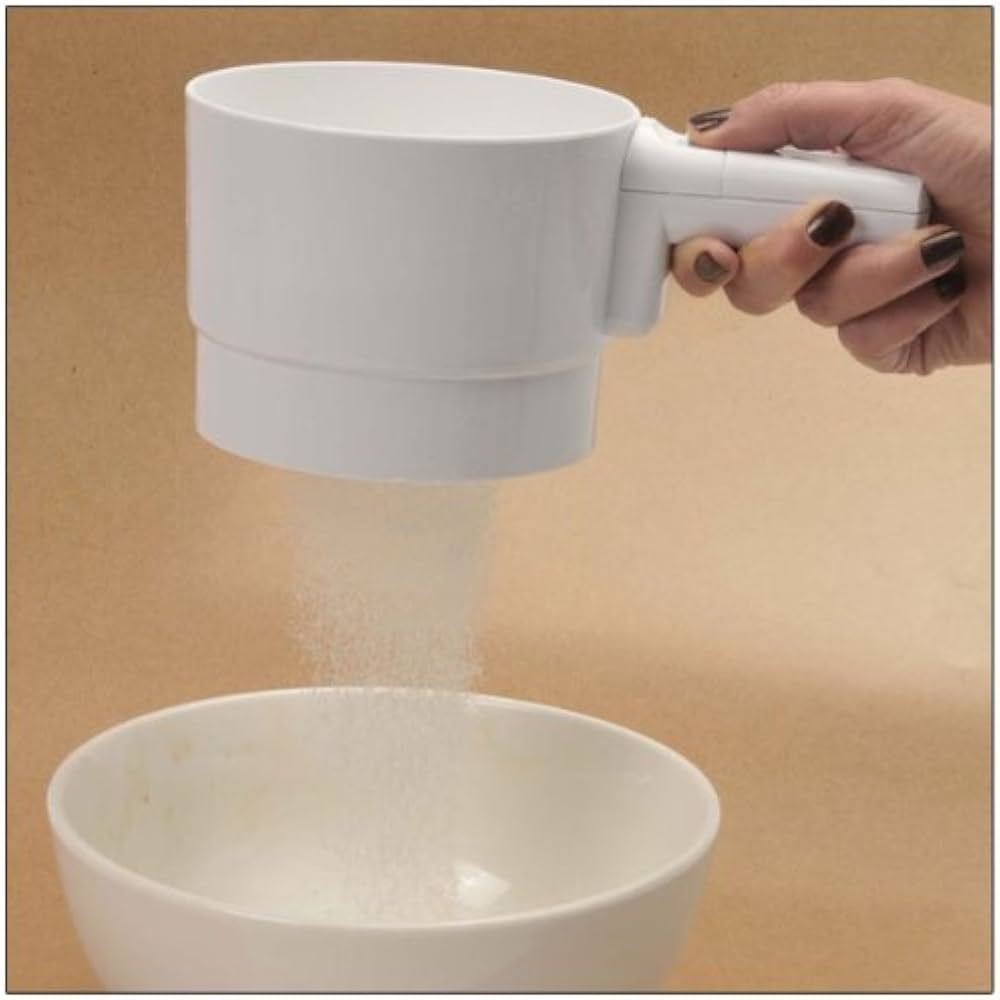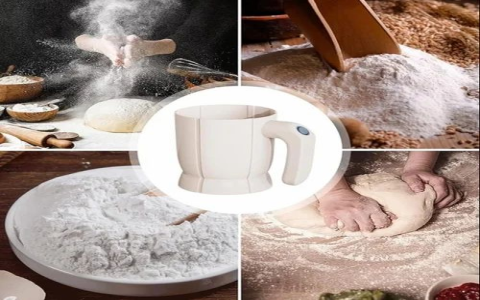Okay, so I saw this battery-powered flour sifter online and thought, “Why not?” I bake a fair bit, and honestly, hand-cranking a sifter gets old, fast. So, I decided to make my own! It seemed simple enough.
Getting Started
First, I grabbed an old, unused plastic container – the kind you might store leftovers in. It needed to be big enough to hold a couple of cups of flour. I also snagged a small, battery-operated motor from an old toy car my kid outgrew. Then, I gathered these items:

- A small piece of fine wire mesh (like, really fine, for sifting flour, you know?).
- Some strong glue (I used the kind that’s supposed to work on everything).
- A few bits of sturdy plastic (cut from an old milk jug).
- Batteries for the motor, of course.
- Wire.
- Soldering iron.
Building the Thing
I started by cutting a circle out of the bottom of the plastic container, a bit smaller than the container’s diameter. This is where the flour would sift through. Then, I carefully glued the wire mesh over this hole, making sure it was nice and taut. No lumps allowed!
Next, I worked on the motor. I fashioned a little paddle-wheel thingy out of the plastic pieces from the milk jug. The idea was that this paddle would spin inside the container, pushing the flour through the mesh. I attached this paddle to the motor shaft.
I soldered the wires from the motor to some of the batteries. Now the motor will spin at a great speed!
After that, I carefully secured the motor inside the container, so the paddle wheel was positioned just above the mesh. I had to fiddle with it a bit to make sure it spun freely and didn’t get caught on anything.
Testing it Out (and the Mess!)
Time for the moment of truth! I poured some flour into the container, flipped the switch on the motor (which I’d cleverly attached to the outside), and… flour went EVERYWHERE! It turns out, my paddle was a little too enthusiastic. Flour was flying out the top, coating my kitchen in a fine white dust. Oops.
Making Adjustments
So, back to the drawing board. I realized I needed a lid. I cut another circle out of the plastic container’s original lid, leaving a smaller hole in the center for the motor shaft to poke through. This helped contain the flour explosion significantly.
I also adjusted the paddle, making it a bit smaller and less aggressive. After a few more tweaks and a lot more flour (and cleaning), I finally got it working! It wasn’t perfect, but it sifted flour way faster than my old hand-crank sifter, and that’s a win in my book.

It’s a little rough around the edges, and I definitely wouldn’t win any design awards, but it works! Now, time to bake something delicious and put my new gadget to good use.













